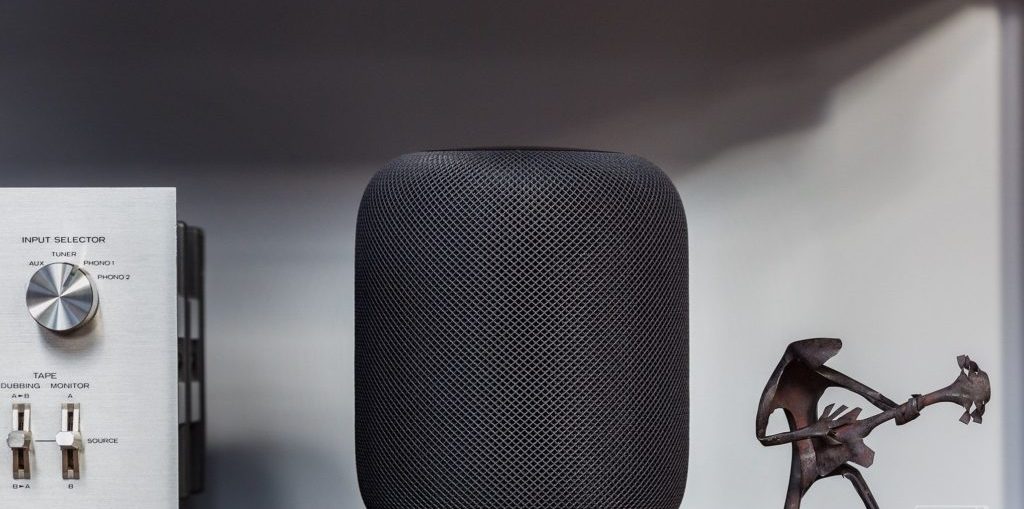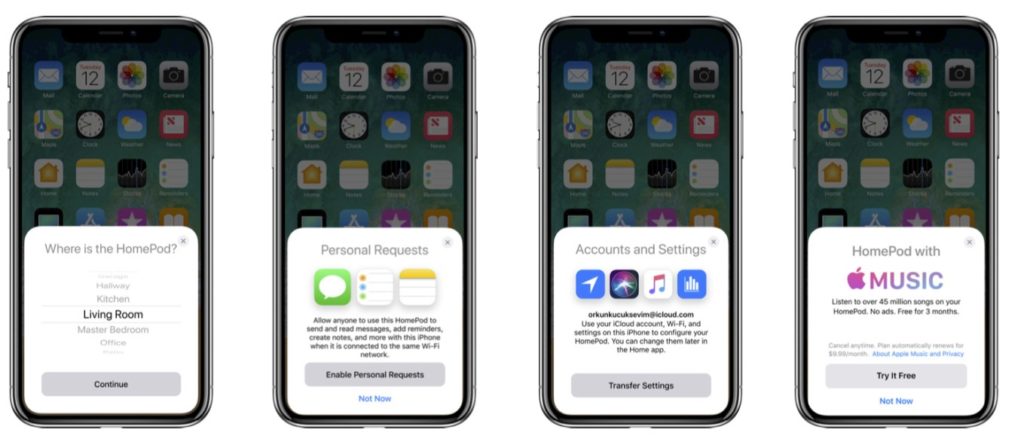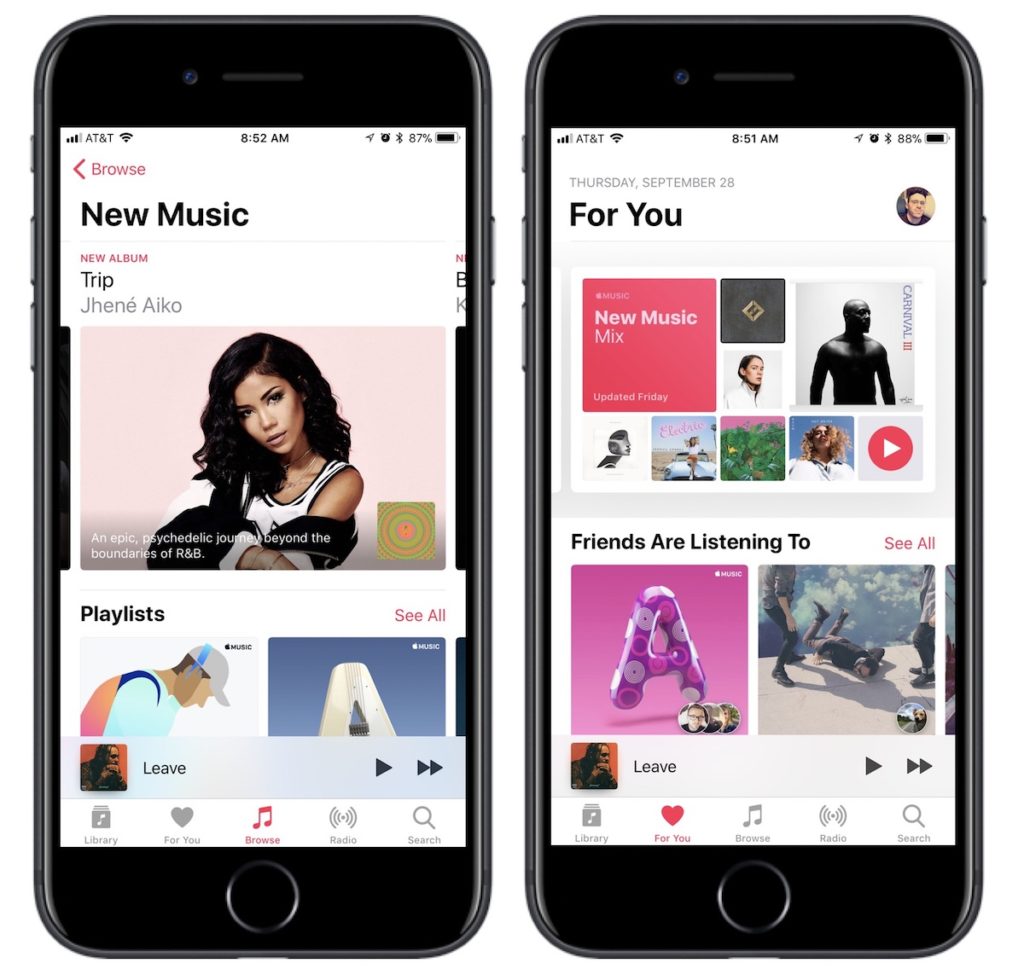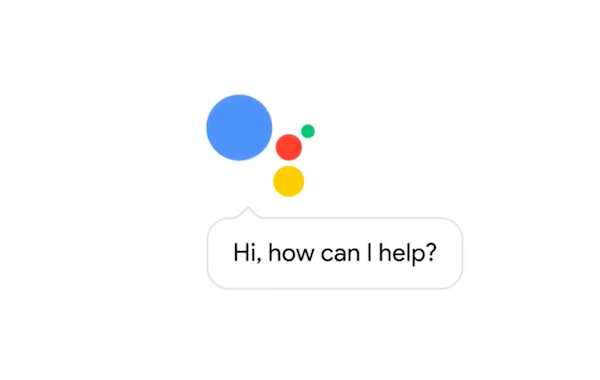Recently, after a long delay, the smart column HomePod finally came out. Early reviews praise its sound quality, comparing it to its counterparts like the Sonos, and call it the best sound quality smart speaker ever. Partly due to the clever use of technical and system components that allow you to customize the sound to suit the situation.

But not everything is so smooth. HomePod has several downsides, most of which can be fixed by a system update. Due to the fact that the column costs a lot, for some, these disadvantages will become a reason not to buy it yet. Below we will discuss 5 reasons not to buy a column HomePod (at least for now).
1. Incompatible with devices without iOS
At the end of the list of features HomePod you will find its first limitation. To use the column, you need iPhone, iPad or iPod touch with iOS 11.2.5 and higher. If you only have devices with Android and Windows or even just a Mac, you're out of luck.
➤Models iPhone and iPad compatible with column HomePod
Perhaps the reason is in the setup process HomePod – it looks like connecting headphones AirPods to iPhone. You need to bring your device from iOS to HomePod, and the window with the beginning of the setting will automatically appear on the screen. Then you will need to associate the column with your Apple ID saved on the device iOS, and configure it through the Home application.

This is a big disadvantage for those who do not have devices with iOS. Almost all other smart speakers like Google Home and Amazon Echo support both iOS and Android devices.
2. From music services only Apple Music is supported
You not only need iPhone or iPad to use the column, but you also need a Apple Music subscription or songs purchased from the iTunes Store with an iTunes Match subscription. This is a typical Apple restriction that prevents users from using Spotify, Google Play Music, Tidal, Saavn, Gaana, and others. Neither Google nor Amazon restrict the owners of their smart columns – users can use any services and even choose them as standard.
Apple and previously disliked third-party services. In iOS, you cannot change the standard browser, mail client, etc. The virtual assistant Siri was also limited until the release of iOS 10 with the Siri Kit feature, which allowed interaction with third-party services. However, you still cannot ask Siri in iOS to play music from outside of Apple Music. This limitation also applies to HomePod.

You can listen to music from other services through the speaker, but only using AirPlay – technology Apple for wireless data transmission. From a device with iOS or a Mac computer, you can 'over the air' stream audio to HomePod. But AirPlay again only works on devices Apple. And the process itself is not as simple as asking Siri to play music from your favorite service.
If you already use Apple Music, this item will not be a problem for you. However, given the fact that even Spotify has more than double the number of subscribers, this is definitely not going to appeal to many.
3. Assistant Siri is not as smart as Google Assistant and Alex
There are several reasons why Siri can't compete with the other two virtual assistants. Alexa from Amazon supports many third-party services, and in this Siri and Google Assistant are inferior. But Google Assistant is better at answering questions, because Google has access to the entire Internet and uses artificial intelligence to select the information you need.
Moreover, Siri on HomePod has fewer options than iOS. For example, you cannot add an appointment to your calendar. To use HomePod for calls, you must first start the call on your iPhone, and then select the speaker as the speaker. Many were also outraged by the inability Siri to set two timers at once, because other smart speakers can do it. In addition, using Siri on HomePod you cannot order an Uber car or speak on Skype.

You can call Google Home and Amazon Echo to any phone in the US and Canada for free. Smart speakers Google can turn on the TV and start playing the desired content thanks to voice commands. These companies generally pay more attention to innovative technologies, and it seems that the situation will not change in the near future.
Sure, HomePod sounds great, but Google Home Max and Sonos One deliver 80% of the same sound and still support a wide range of smart features. This makes it difficult to make a choice.
4. No multi-user support
Based on the review by The Verge, privacy HomePod is not so good if you enable the 'personal queries' feature during setup. Anyone in your home can walk up to the column and ask it to read your Messages aloud or even send a message, and you won't even know about it.
This is a weird drawback because iPhone is able to recognize its owner's voice for 'Hello Siri' requests. In any case, such protection could be bypassed by touching the upper part HomePod to activate Siri. Plus, voice recognition isn't nearly as accurate as other forms of biometric authentication like Touch ID and Face ID. However, multi-user support would not hurt a smart speaker that all family members will use.
HomePod can only be linked to one account iCloud, and this can disrupt the recommendation process if someone else is listening to music through Apple Music. You can turn off this feature, but then Apple Music won't know what to recommend to you at all.
For comparison, Google Home and Amazon Alexa can recognize multiple voices and are linked to multiple accounts.
5. Traditional audio sources are not supported
HomePod is not a traditional column in many ways. One of the reasons is the inability to interact with audio sources using traditional methods. Firstly, the speaker does not have a 3.5mm jack, which could be used to connect a TV, music system, smartphone, etc. That is, HomePod cannot even be connected to the TV as an external speaker. Google Home Max has a 3.5mm jack for this purpose.
You can say that 3.5mm ports are a thing of the past, but HomePod cannot be connected to other devices using Bluetooth, which is the most common wireless method of transferring data. The funny thing is that the column contains Bluetooth 5.0, but you can't use it. Most likely, it was added to connect to devices with iOS during setup, etc.
Amazon Echo supports connecting through Bluetooth from the start, and support was added to Google Home with a system update.
These are the biggest problems with the smart speaker HomePod at the moment, and most of them can be solved by releasing the correct software update.
Also worth mentioning are two features that are not yet available but will be released later. The first is synchronization of two speakers HomePod for stereo sound, and the second is AirPlay 2. The technology AirPlay 2 also supports multiple rooms, so you can listen to one song on several at once columns. Google Home Max already supports sync for stereo and multiple rooms.
